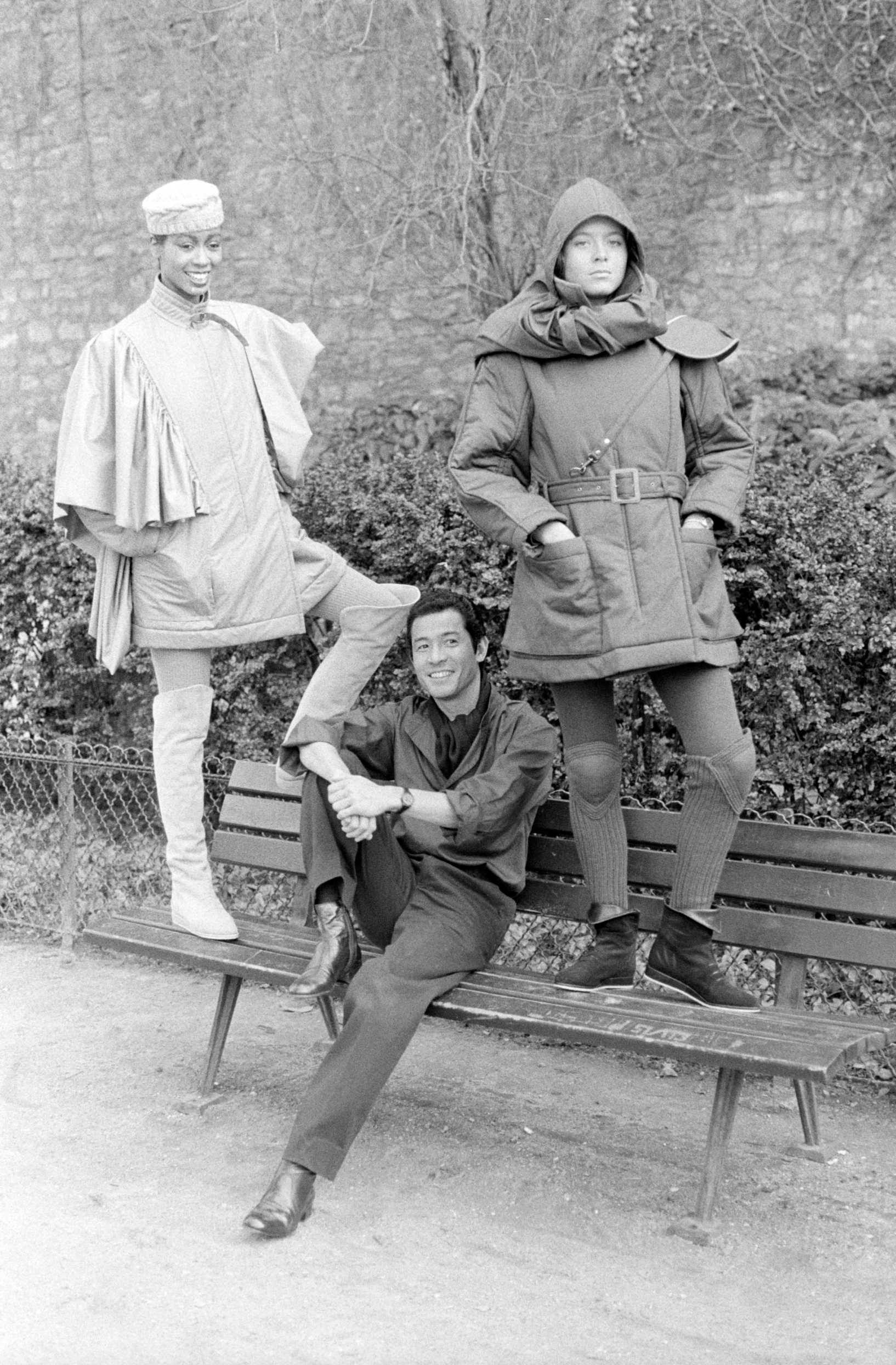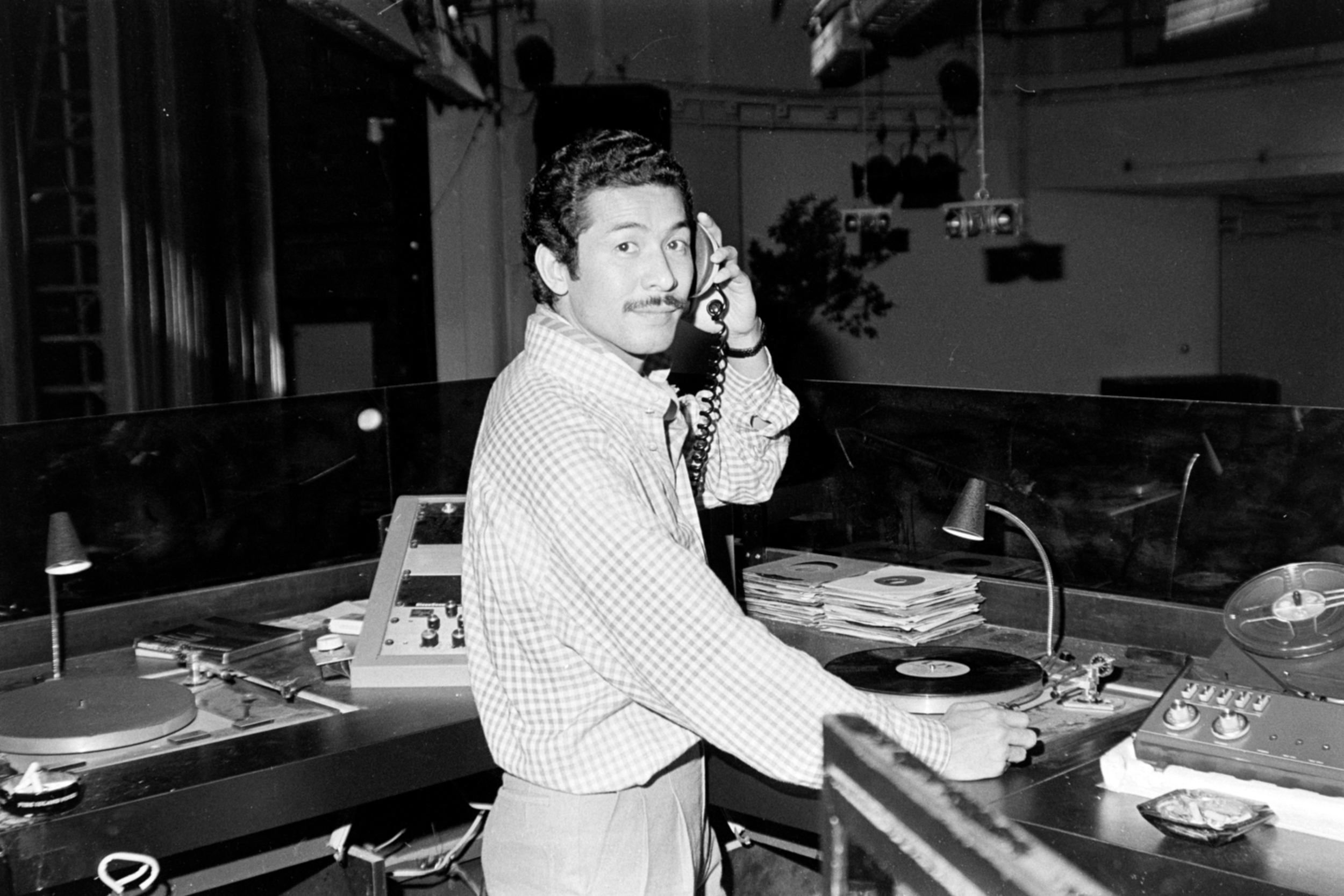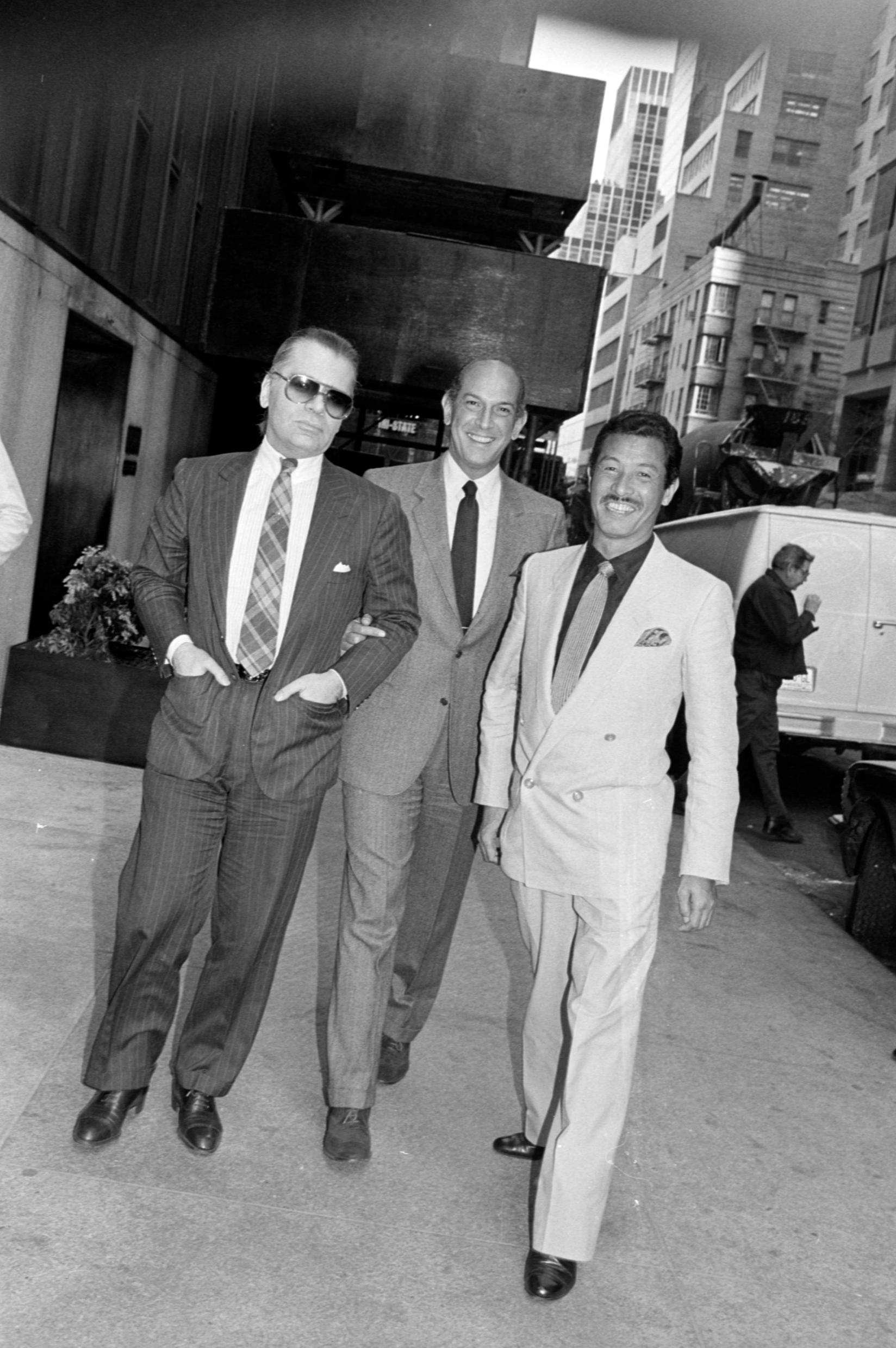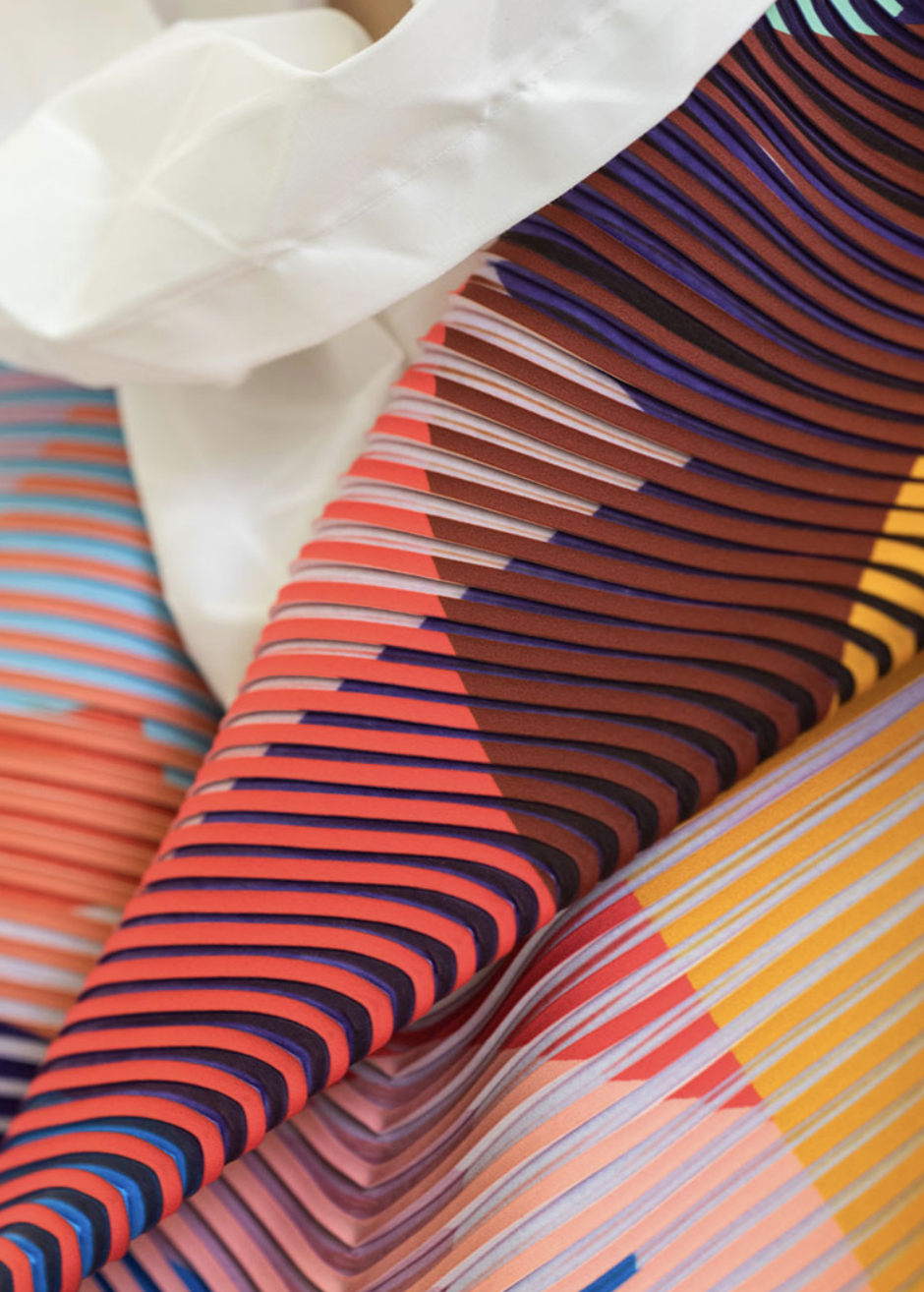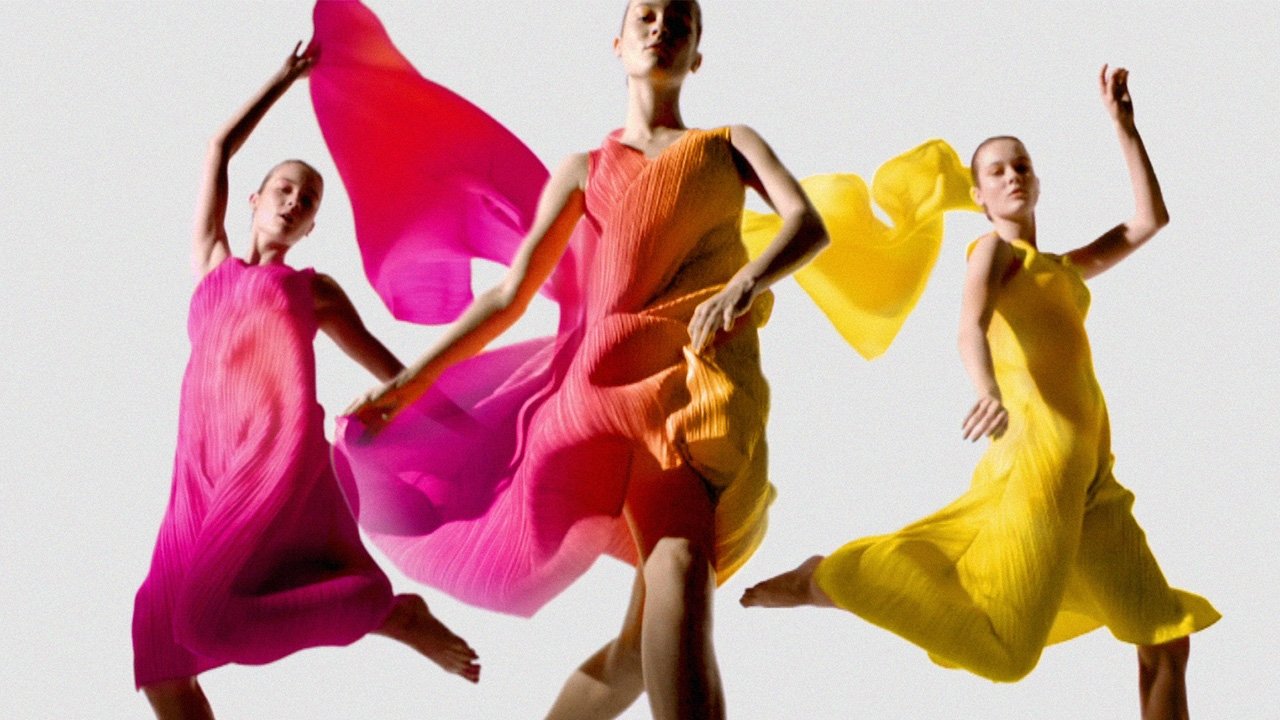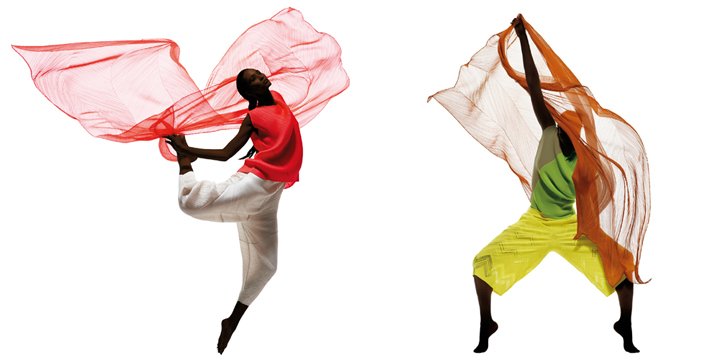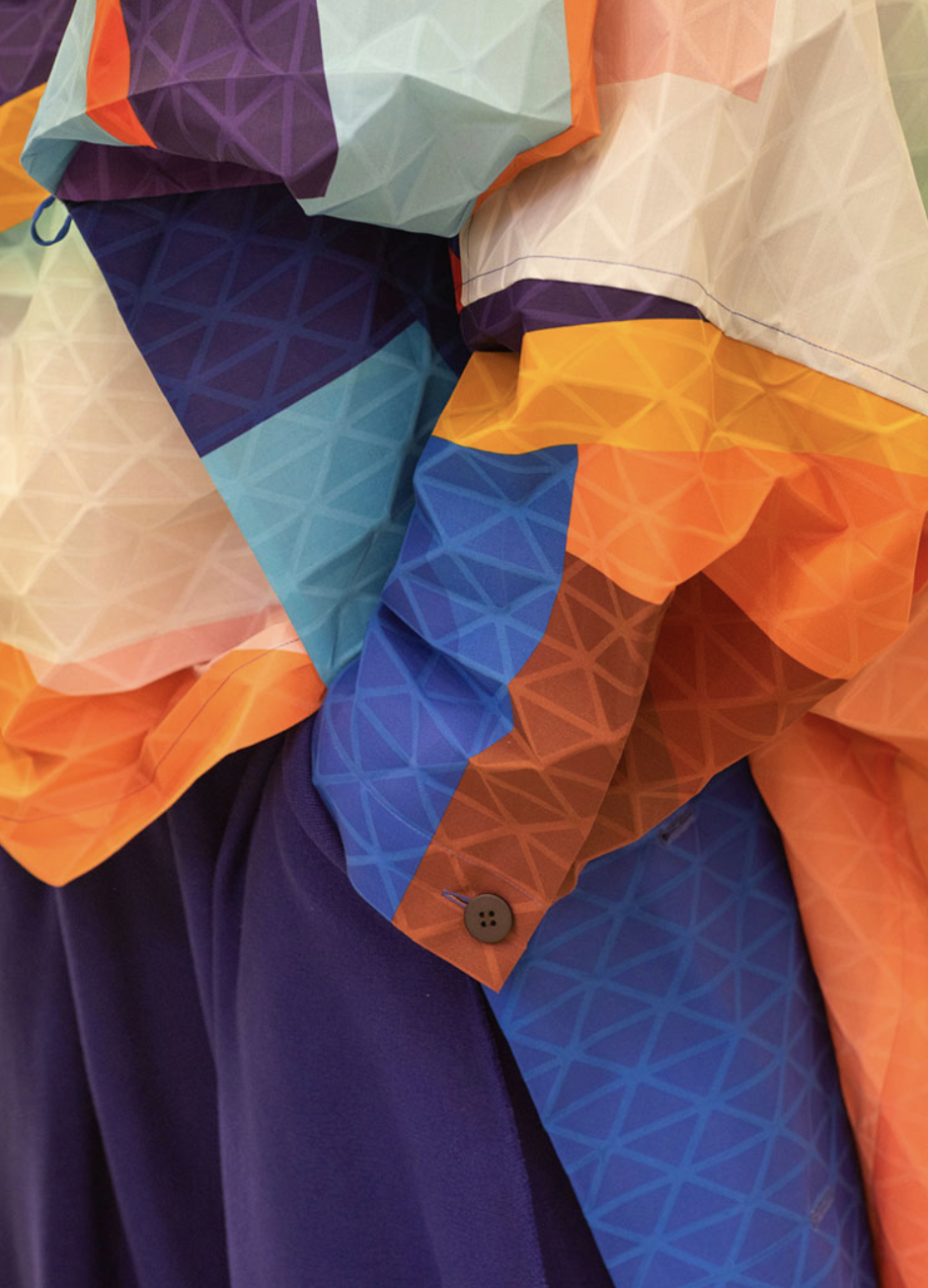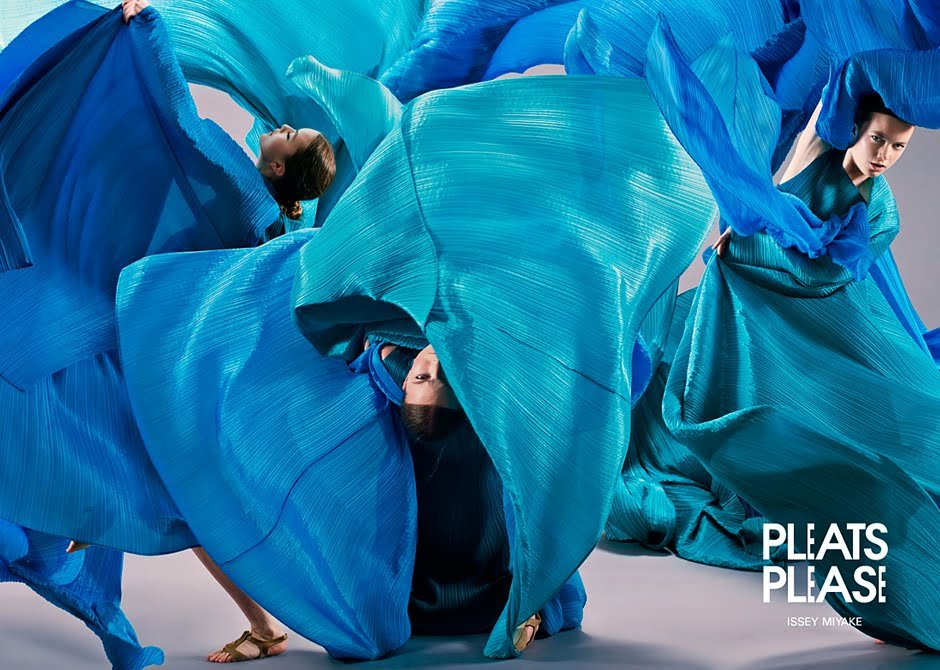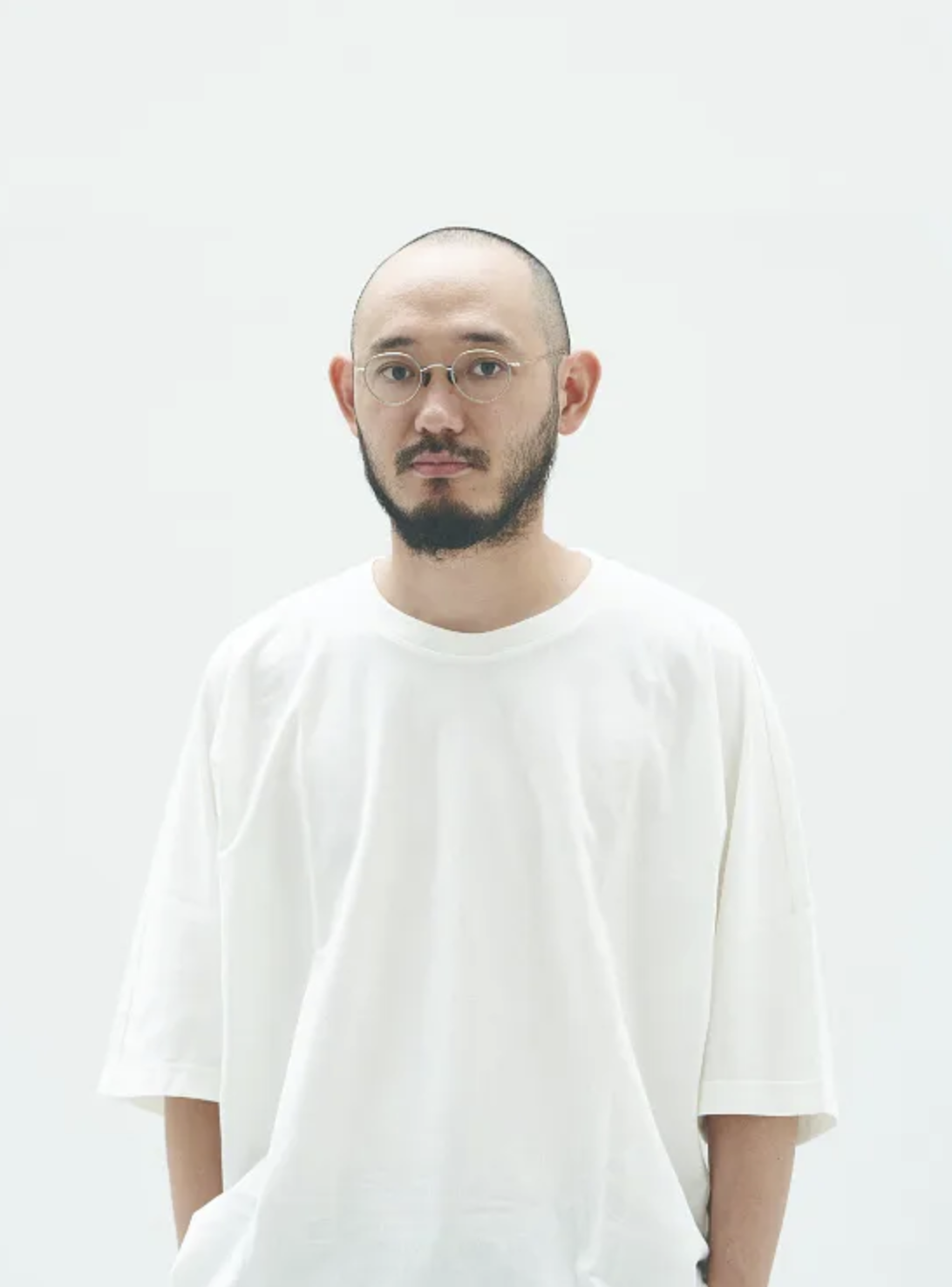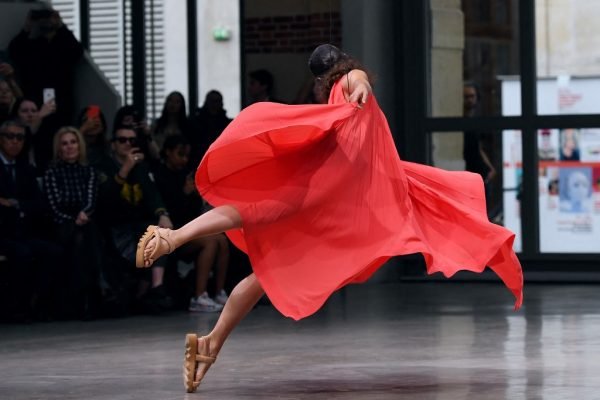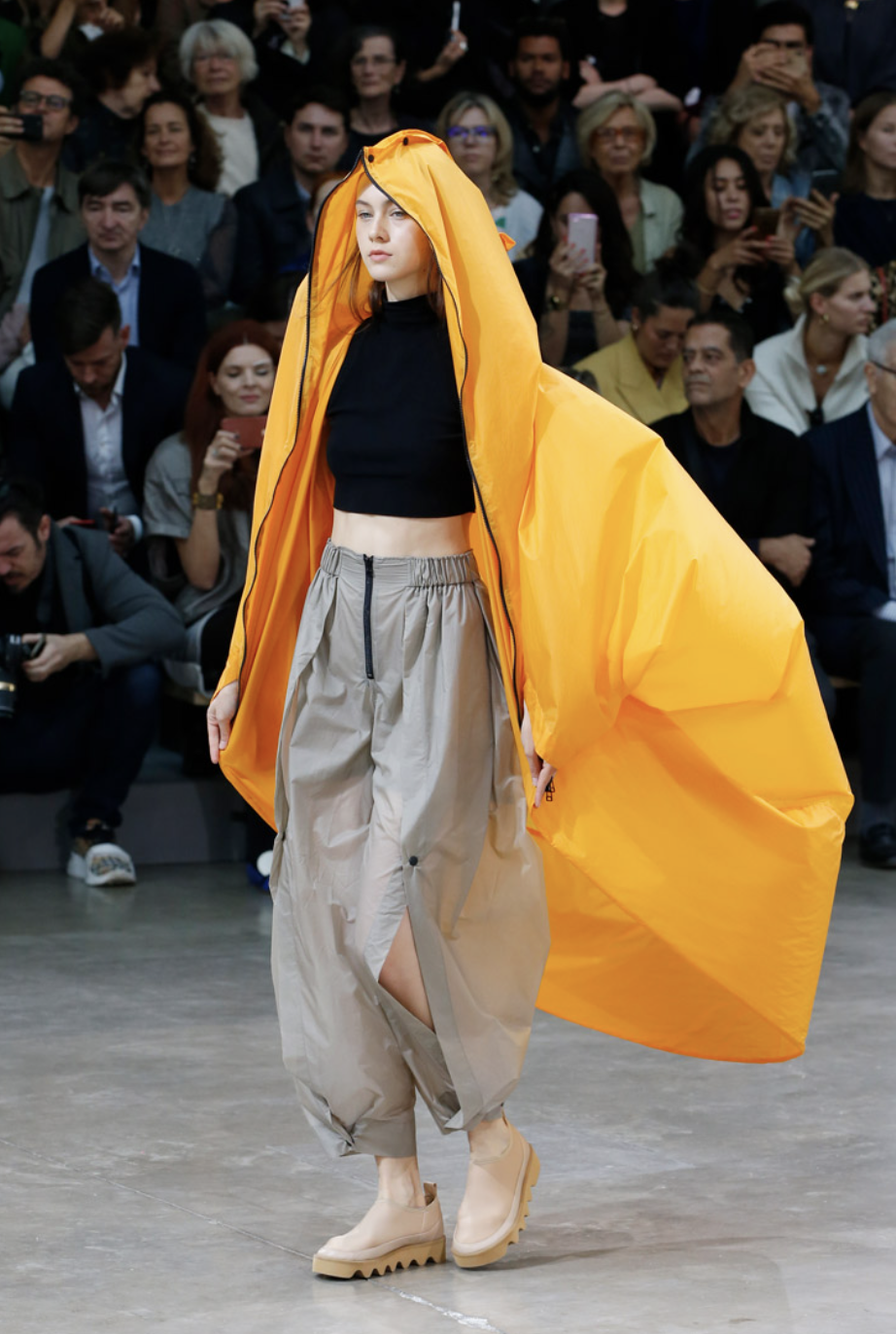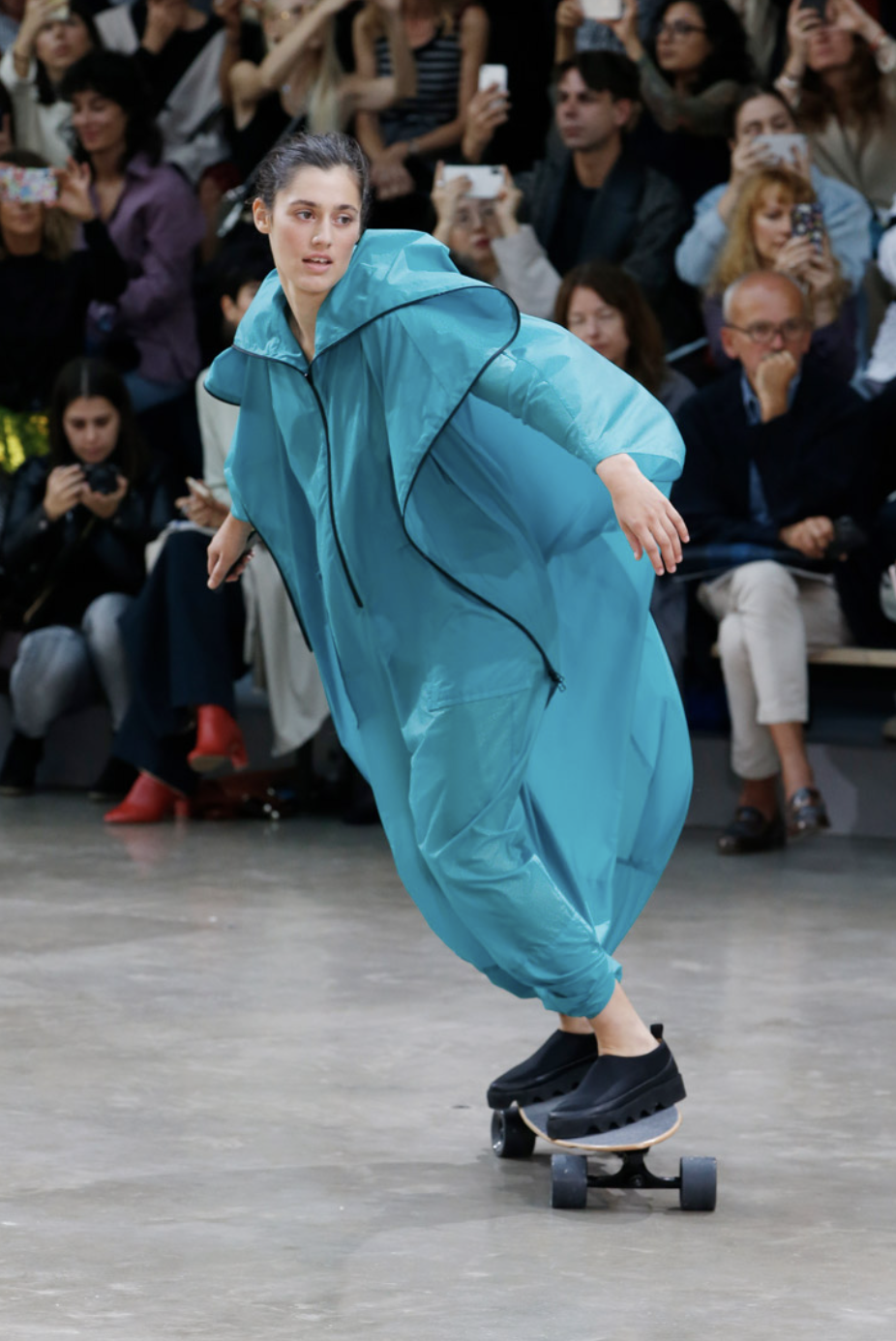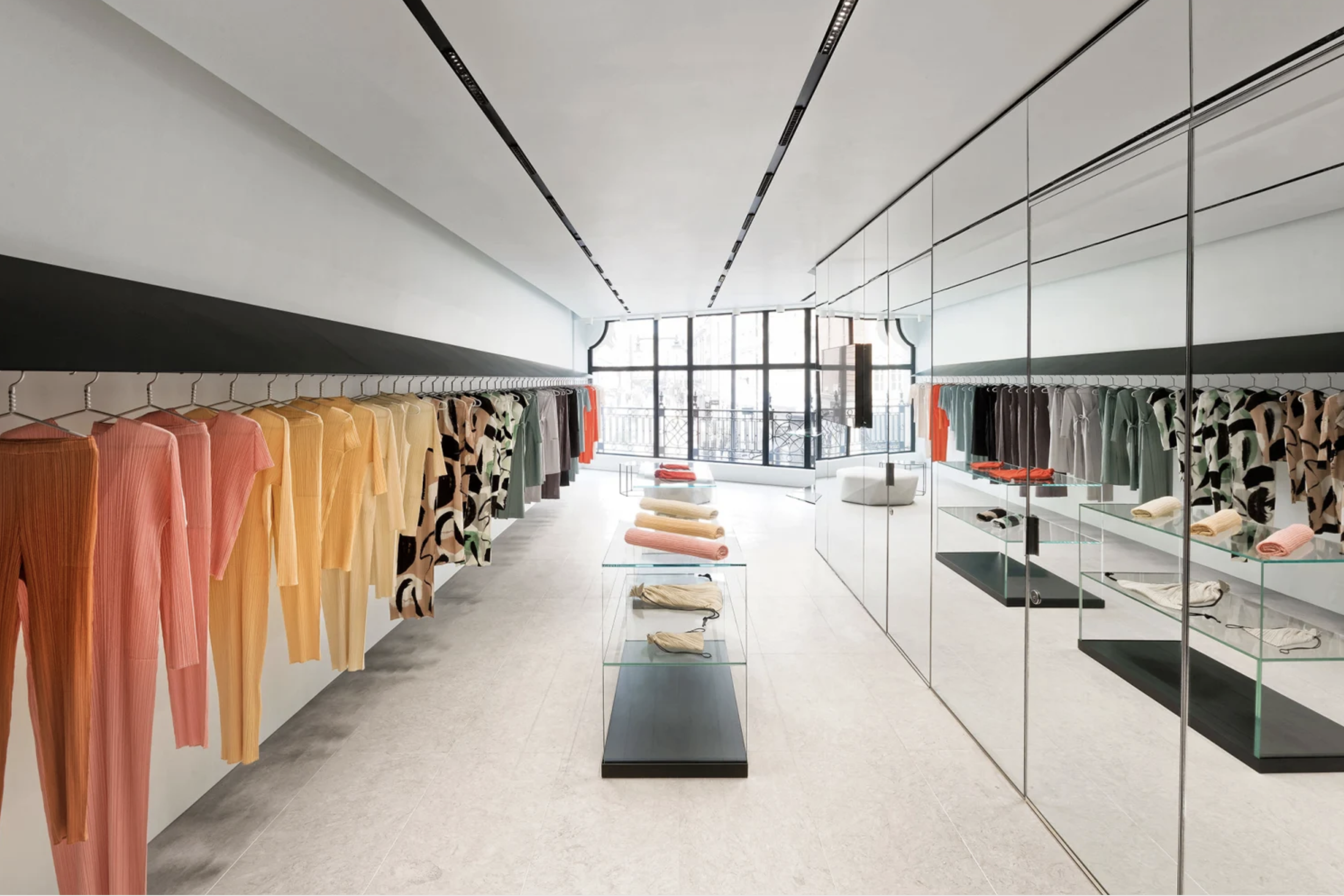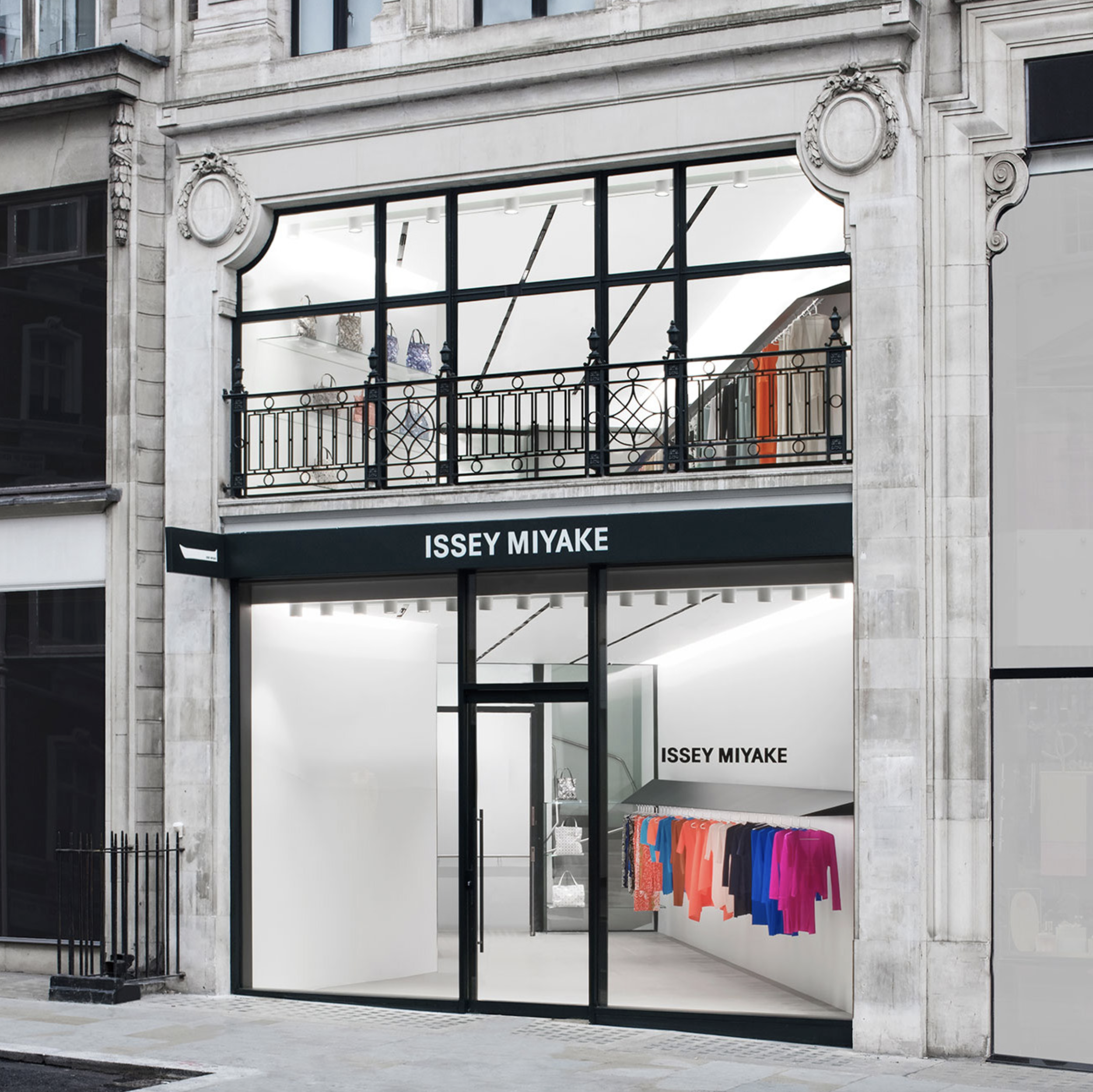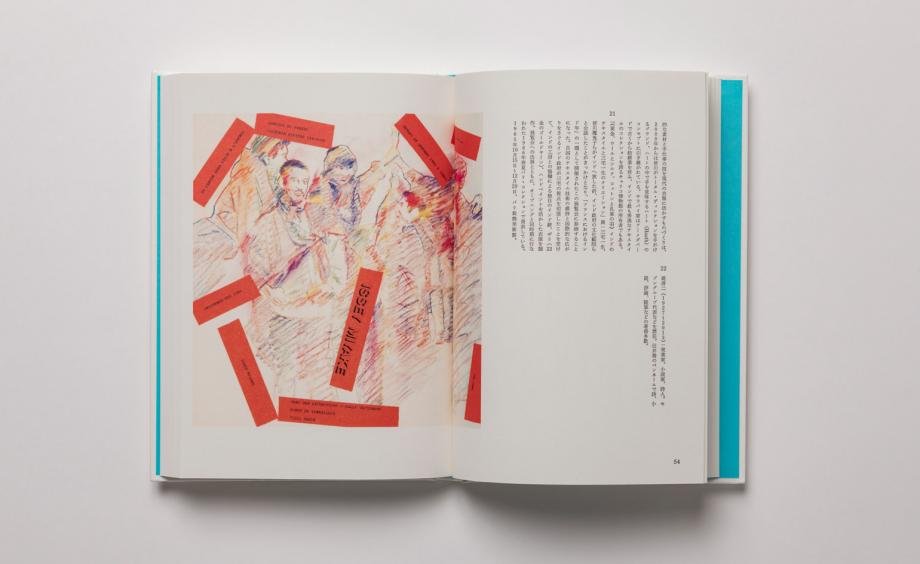Who We're Celebrating Now: Issey Miyake
Lessons in #Trailblazing: In tribute to the creative life & contributions of Japanese design visionary, Issey Miyake, April 22, 1938 - August 5, 2022. Born in Hiroshima, he was 7 years old when the US dropped an atomic bomb in August 1945. Since his experiences that day, he said he preferred to "think of things that can be created, not destroyed, and that bring beauty and joy".
For more than 4 decades he created textiles, clothing and accessories for people who embrace contemporary visual culture. His clothing is incomparable, you feel like walking art while wearing it; Steve Jobs loved Miyake's perfected minimalism so much that it became his uniform.
From our friends @wallpaper, Issey Miyake’s work was defined by a dynamic approach to design, which combined boundary-pushing technical innovation with a deft use of colour and silhouette. His pieces were often sculptural in shape, Miyake manipulated fabric into variously dramatic forms, from bouncing ‘flying saucers’ of signature polyester micro-pleats to garments which, inspired by the art of origami, could fold entirely flat in a moment.
Miyake debuted his first fashion collection in Tokyo, Japan in 1963, while attending Tama Art University. Miyake’s main idea in creating clothing was originally to craft a garment from only one piece of fabric. He went on to learn clothing design in Paris, where he worked with Guy Laroche and Hubert de Givenchy, before heading to New York.
It was a journey to New York, in the late 60s that was perhaps most influential in the founding of his label; he worked under American designer Geoffrey Beene, while also being immersed in the world of art, meeting Christo and collaborating with institutions like the Paris’ Fondation Cartier pour l’Art Contemporain and The National Art Center, Tokyo. With new energy, he returned to Tokyo in 1970 and founded the Miyake Design Studio, showing his first collection in 1971 in New York. The collection featured tattoo-style prints of Jimi Hendrix and Janis Joplin, who had died the previous autumn, created by textile designer and artist Makiko Minagawa (who later joined the Miyake studio).
In 1973, Miyake moved his runway presentations to Paris, where he would continue to show his collections twice a year. ‘East meets West’ is how he defined this cross-continental approach, fascinated at once by the richness and pragmatism of Japanese craft, Western youth culture, and the flair of European couture (in particular, he drew inspiration from French couturiers Madeleine Vionnet and Madame Grés, the latter known for her own pleated garments). In 1978, Miyake released a book titled East meets West, introduced by American Vogue editor Diana Vreeland. ‘Paris has a heart for those who are productive, tasteful, and who give the utmost from their hearts and minds,’ she wrote. ‘Issey has been most welcome in Paris.'
Much like Prada and Hussein Chalayan do today, the results of his clothing are as astonishing as they are beautiful. Hooded coats made from woven synthetic fibers which replicate the structure of paper, dresses made from mosquito nets, shell shaped pullovers made of fishing line, and jackets made out of Japanese paper abura gami (traditionally used for umbrellas only) are prominent in his collections. He started with the idea of linking the east with the west in his fashion designs, and continued with that idea in mind.
The designer is perhaps best known for his 1993 introduction, Pleats Please, whose crimped fabrics have enjoyed popularity among men, for whom the label reads Homme Plissé Issey Miyake. A-POC — or A Piece of Cloth — the experimental line founded in 1998, was emblematic of the designer’s constant search for designs that addressed the needs of contemporary lifestyles. Nodding to historic techniques but through his signature, refined lens, A-POC clothes were initially produced in a continuous knitted tube with cutout patterns the wearer cut herself.
In his wake, a slew of other Japanese designers chose to work in Tokyo and show collections in Paris, notably Rei Kawakubo of Comme des Garçons and Yohji Yamamoto, who would go on to become the designer’s contemporaries. Numerous other designers, from Giorgio Armani to Jonathan Anderson, have noted Miyake’s influence on their own work.
While Miyake “retired” from the active fashion world in 1997, he continued to oversee the overall direction of all lines created by his company, with individual lines designed by his staff. For the spring 2020 collection, however, the new appointed design director Satoshi Kondo brought a fresh new life into the brand, solidifying it as one of the most exciting labels to watch for 2020.
In Sept 2020, ISSEY MIYAKE presented its SPRING SUMMER collection by the new designer Satoshi Kondo, titled “A Sense of Joy”, at the art and cultural center LE CENTQUATRE-PARIS located in the 19th district of Paris. Directed by Daniel Ezralow, the show was a modern iteration of the joy people find in wearing clothes.
The pieces descended like futuristic haloes from the ceiling of the light-soaked warehouse: three transparent hoops bestowing colour-block dresses and sculptural hats onto the models who stood beneath each of them, sheathing them in a single swoop. Models danced to the beat in the signature flow-y Miyake garments, their arms outstretched, coming together in Matisse-like circles of joy. Others skateboarded in tech-y, oversized styles that had shapes reminiscent of intricate origami forms. Perhaps one of the most beautiful moments was when the dancers twirled around in their light-as-air dresses that spun like magic in the wind.
Since 2020, the various collections in the Issey Miyake Group have been designed by Satoshi Kondo, who will continue as artistic director. ‘It’s important to work with people who are not necessarily from fashion or design worlds,’ Kondo told Wallpaper on his appointment in 2020. ‘I remember Mr Miyake telling me to look at many, many things, not just related to my work but on a larger scale. We design clothes – but the message goes beyond fashion.’
Above is the recently opened London Flagship at 33 Brook Street, featuring Pleats Please, Homme Plissé Issey, BAO BAO, and Issey Miyake. Designed by Tokujin Yoshioka, winner of multiple awards and with pieces exhibited at the MoMA, Cooper Hewitt in New York, the Victoria & Albert among others ~ the store interiors are minimalistic perfection.
A statement from the house: “Never one to embrace trends, Miyake’s dynamic spirit was driven by a relentless curiosity and desire to convey joy through the medium of design. Always a pioneer, Miyake both embraced traditional handcrafts but also looked to the next solution: the newest technology driven by research and development. He never once stepped back from his love, the process of making things. He continued to work with his teams, creating new designs and supervising all collections under the various Issey Miyake labels. His spirit of joy, empowerment and beauty will be carried on by the next generations.”
Pick yourself up a copy of "Where Did Issey Come From? The Work of Issey Miyake" ~ one of our favorite books on this design legend. Published in 2018, the book features Kazuko Koike’s eight text chapters from Taschen’s 2016 Issey Miyake monograph, as well as 30 illustrations from Tadanori Yokoo which were originally used as Miyake’s Paris Collection invitation cards between 1977-99. The book – split into an English and a Japanese half, both letter-pressed – offers an in-depth observation and contextualization of Miyake’s creative output and achievement. // #emotifIcons


